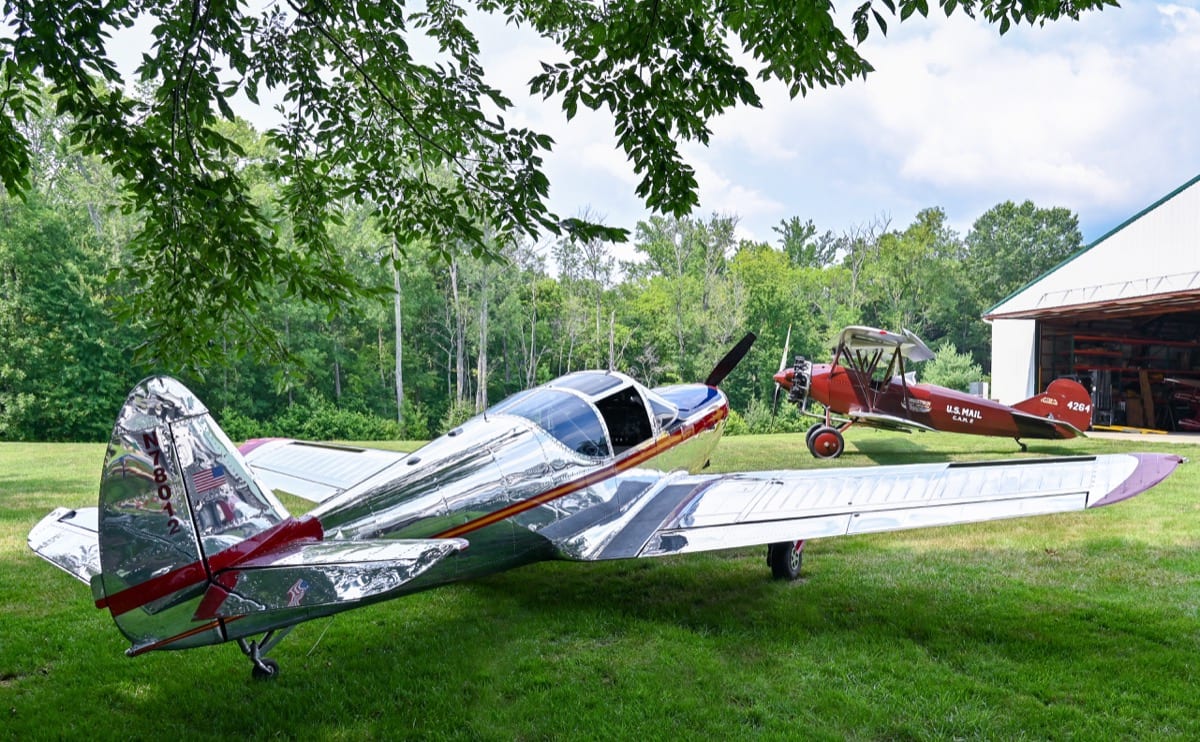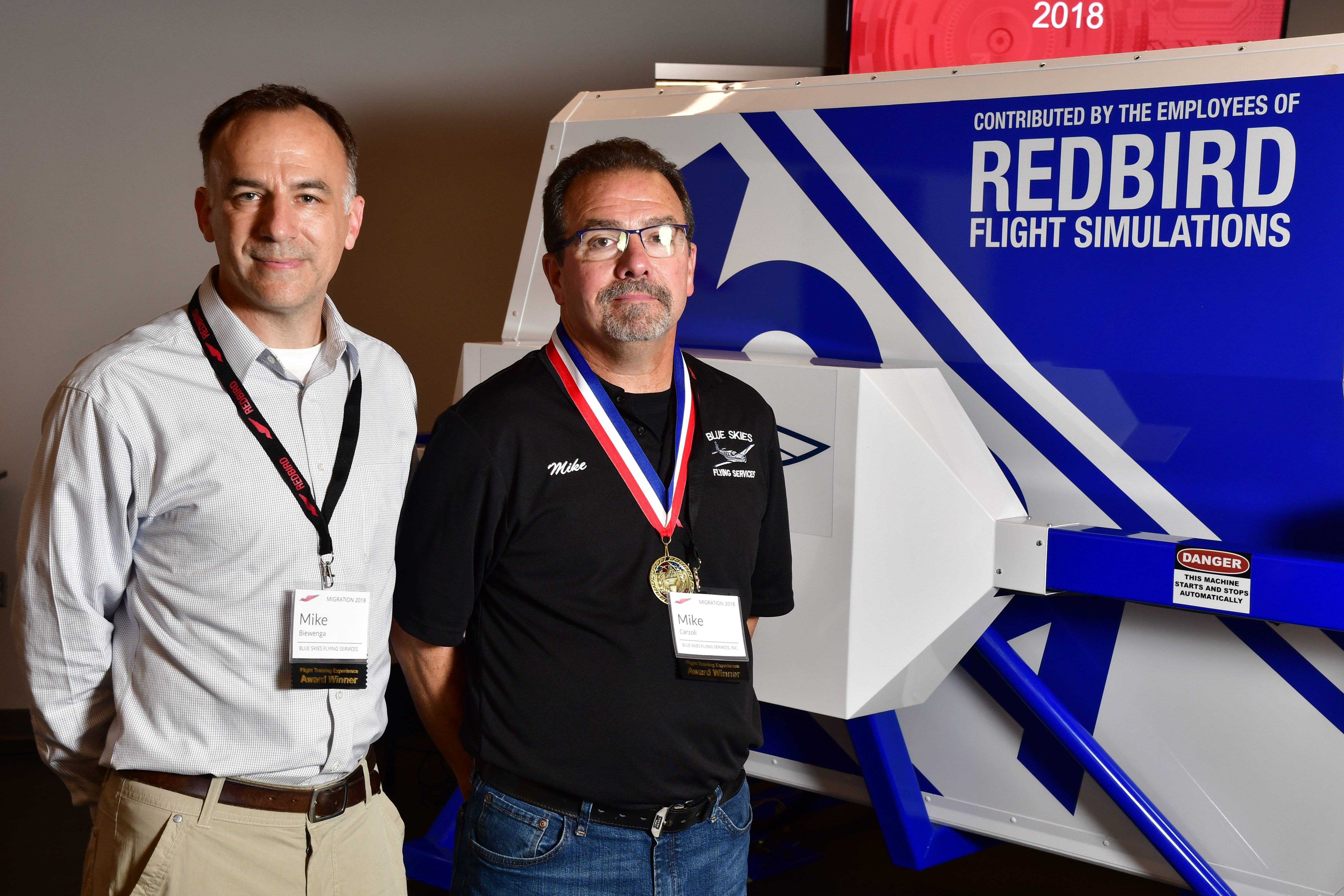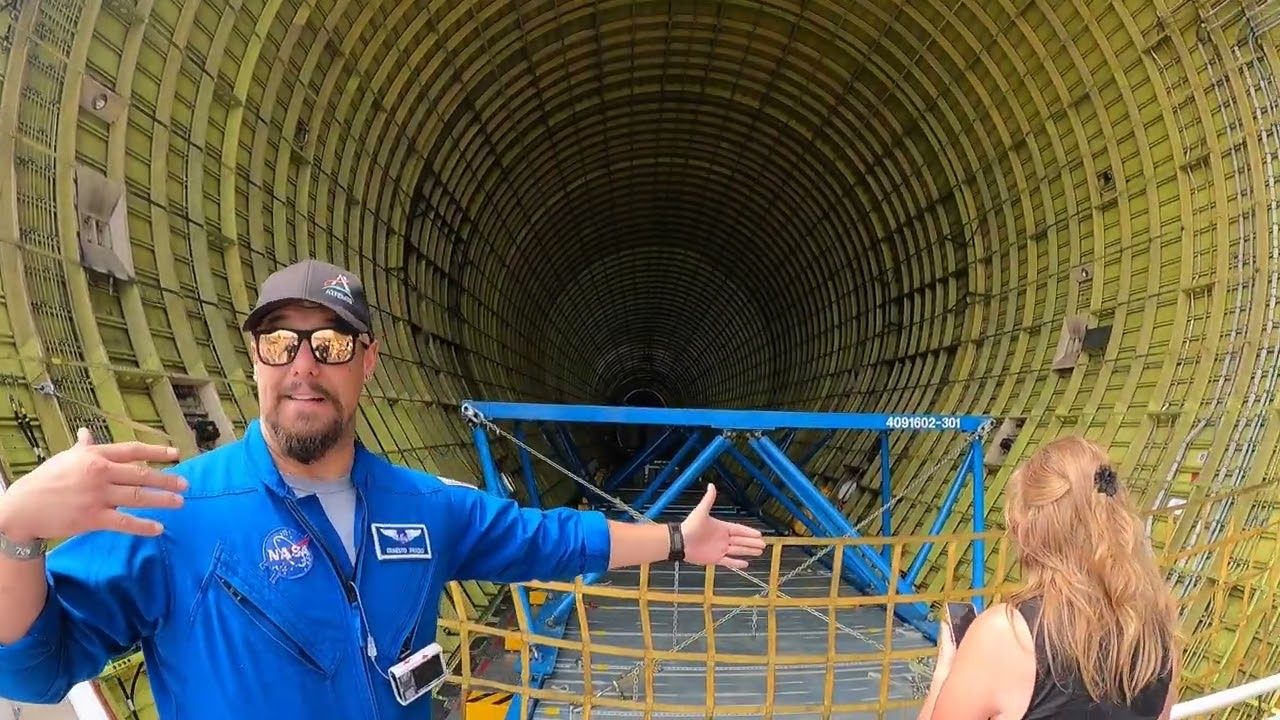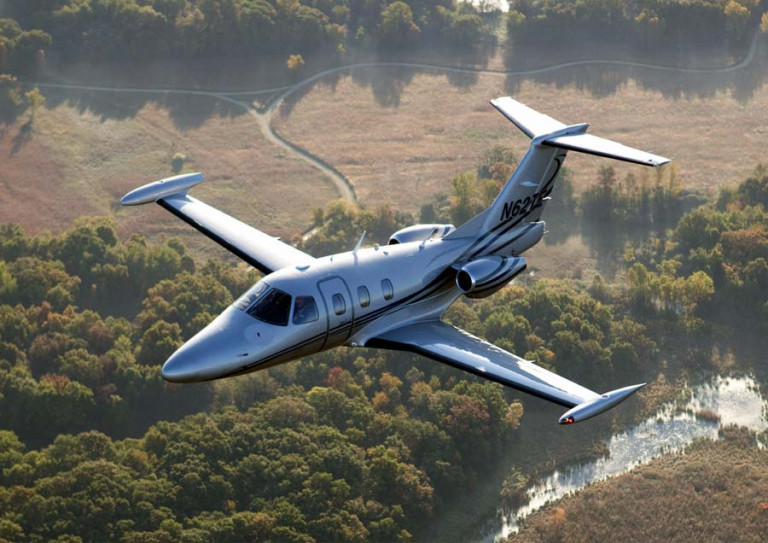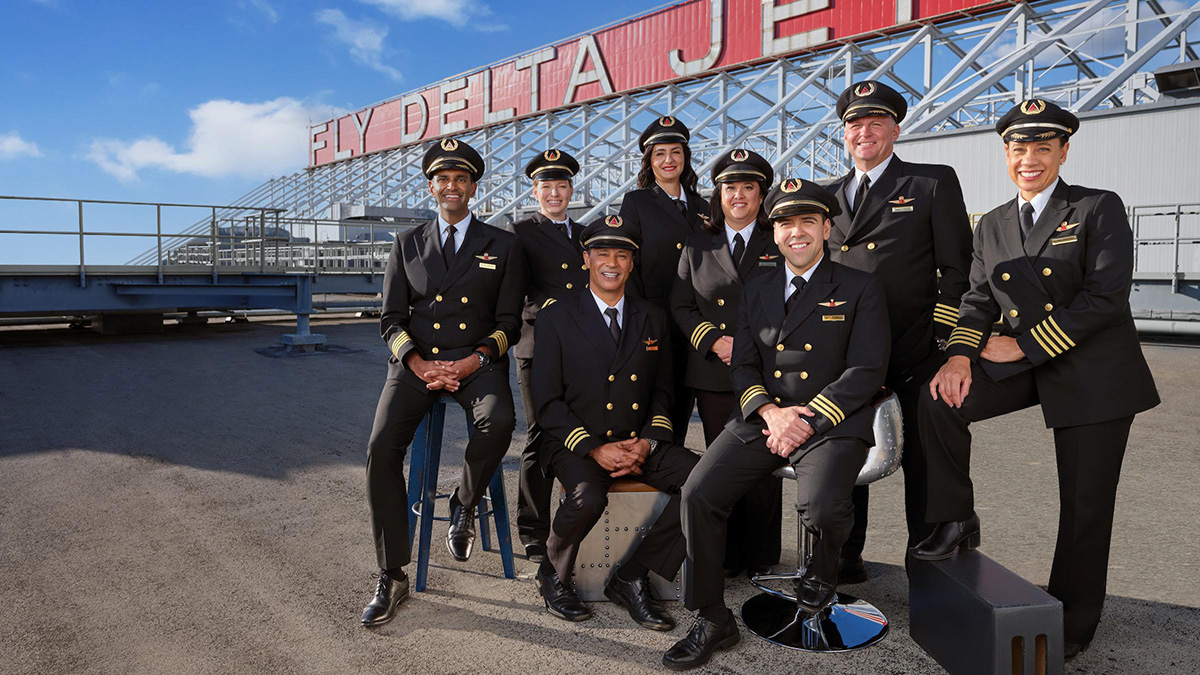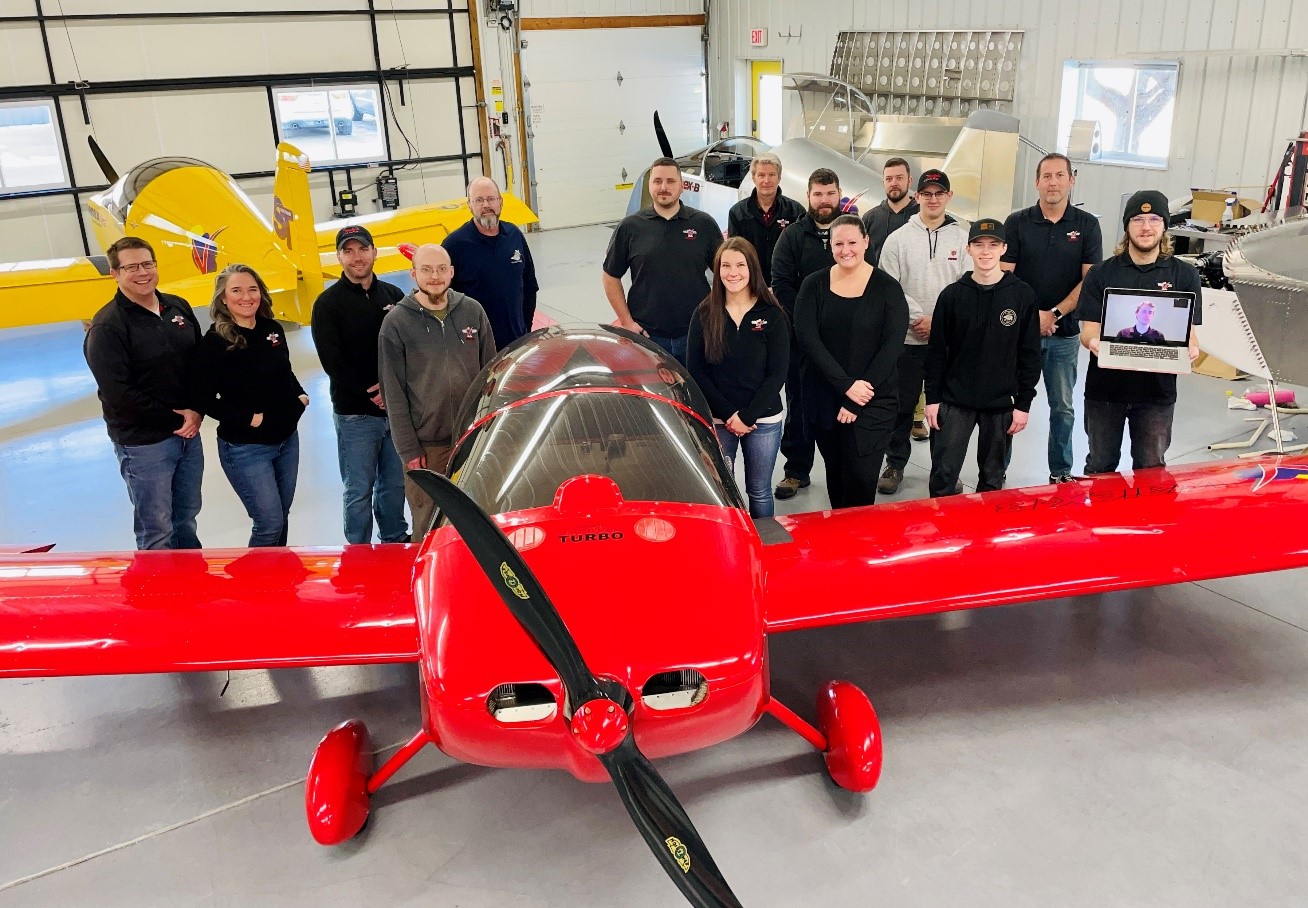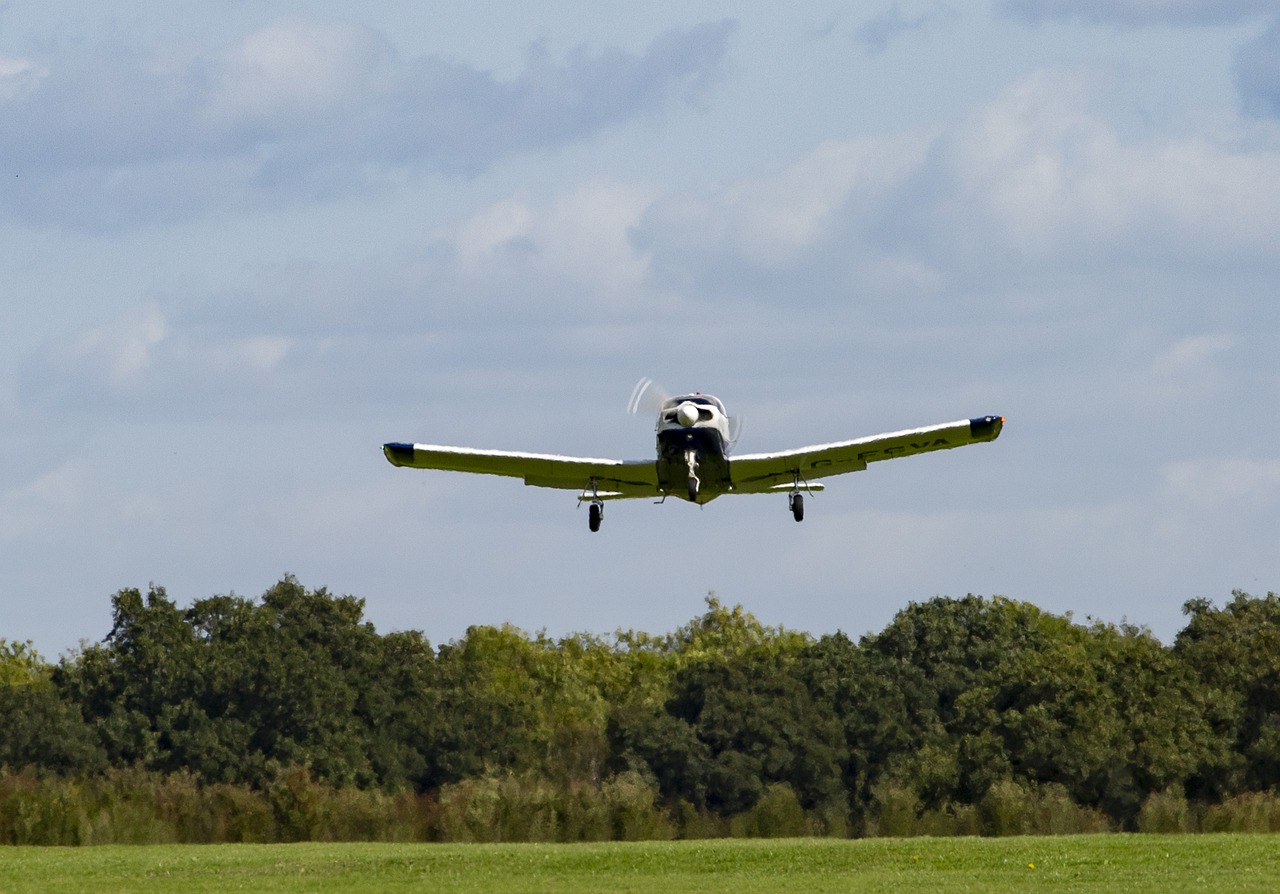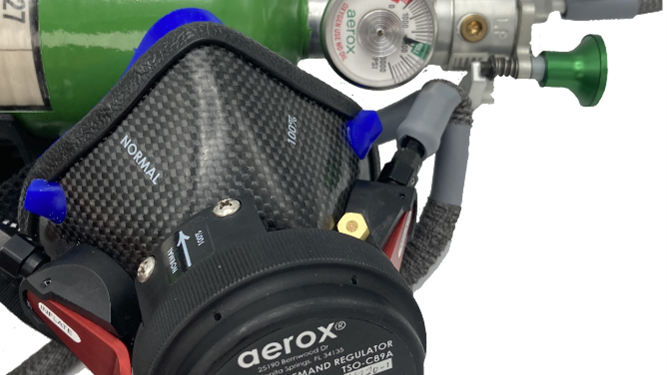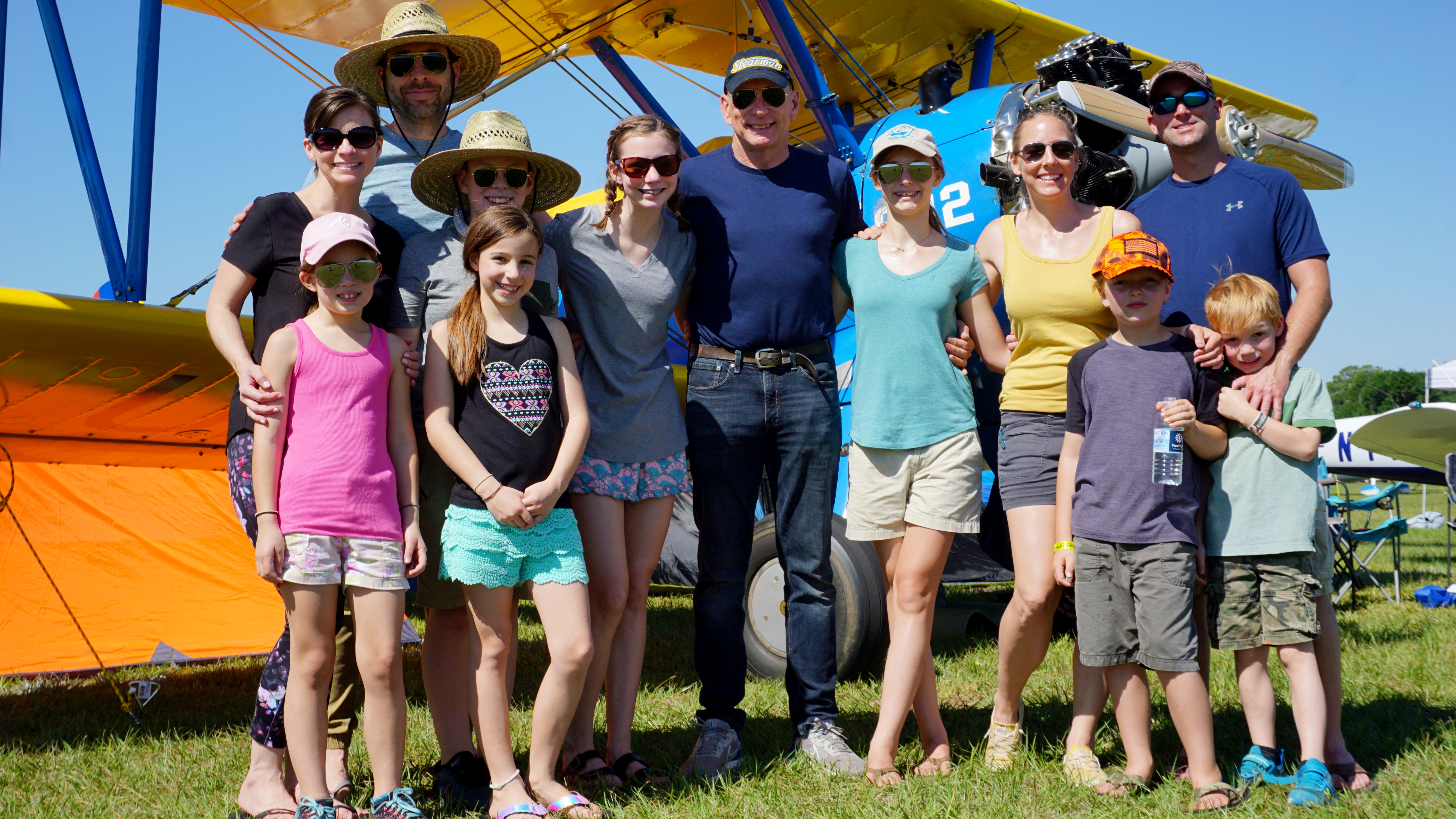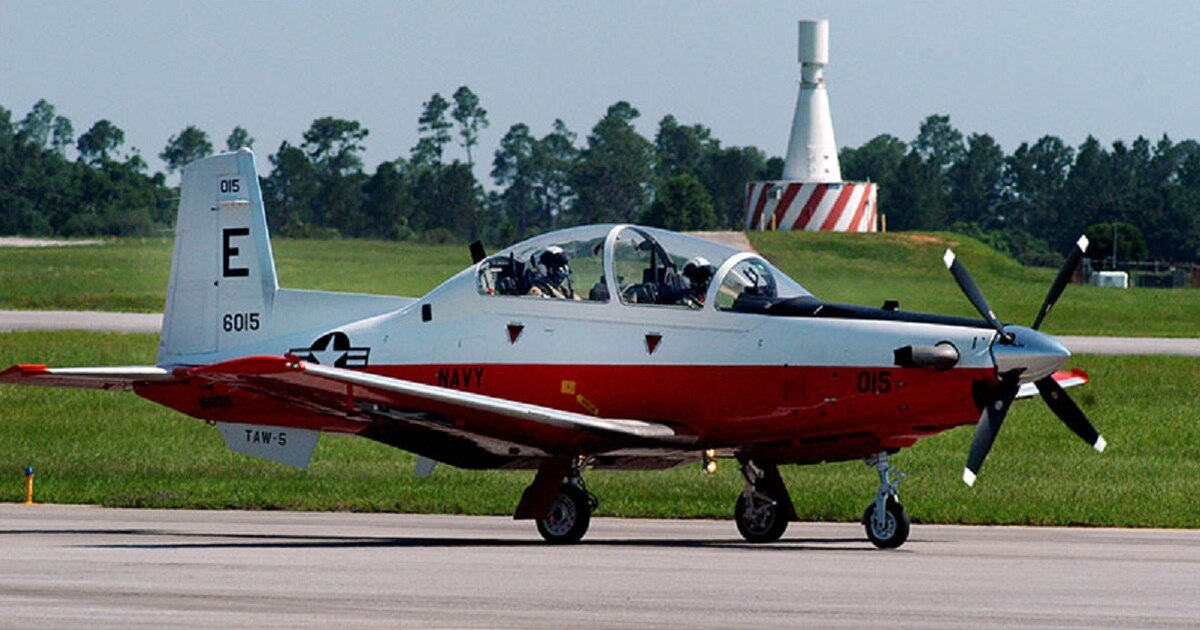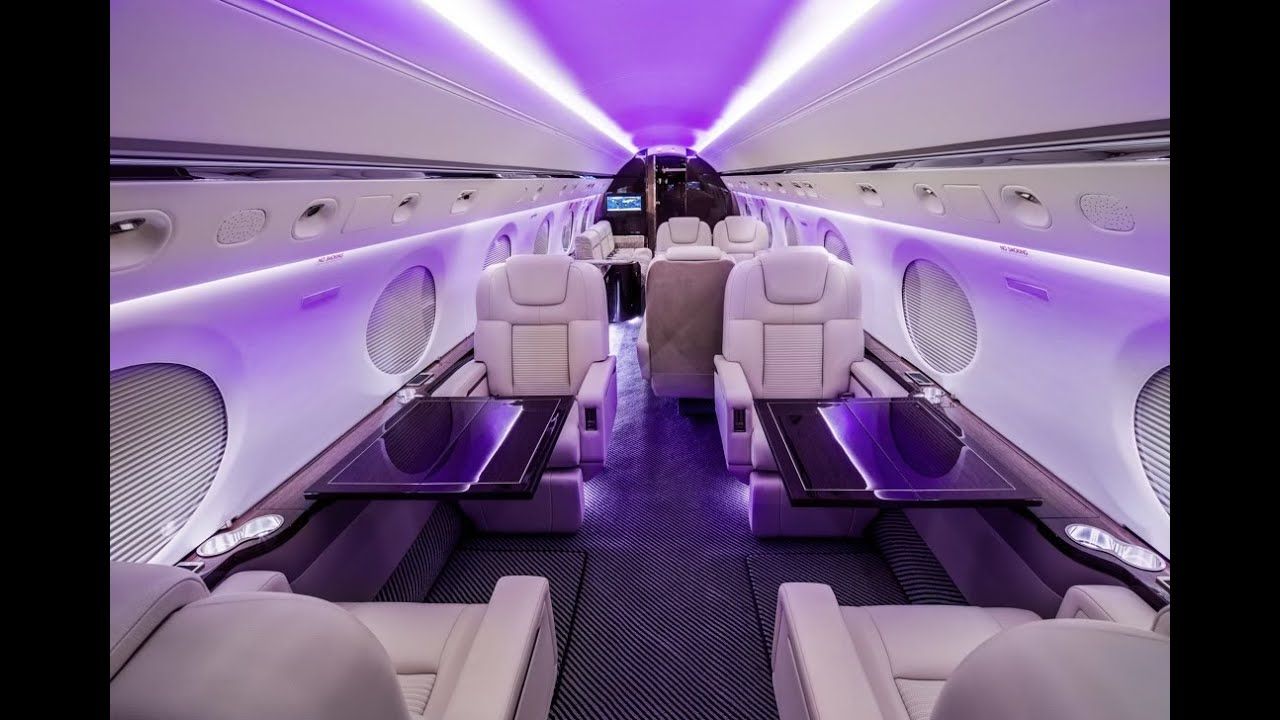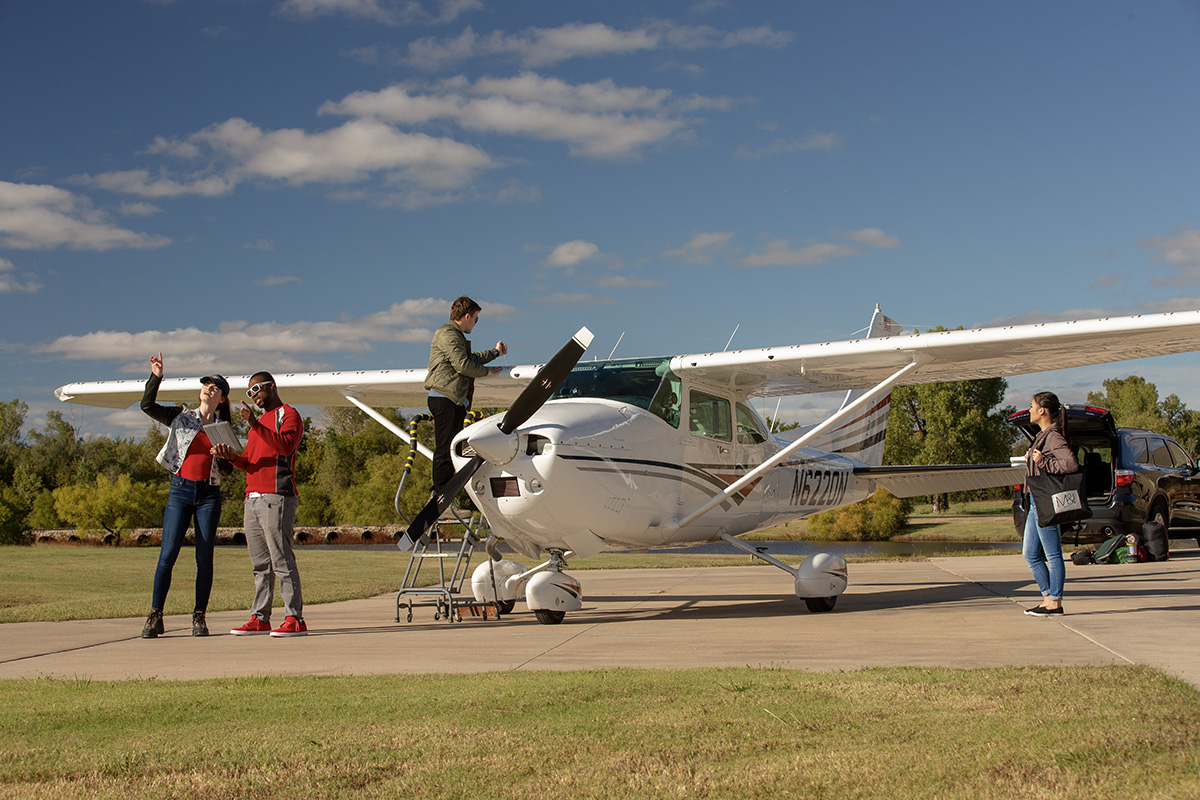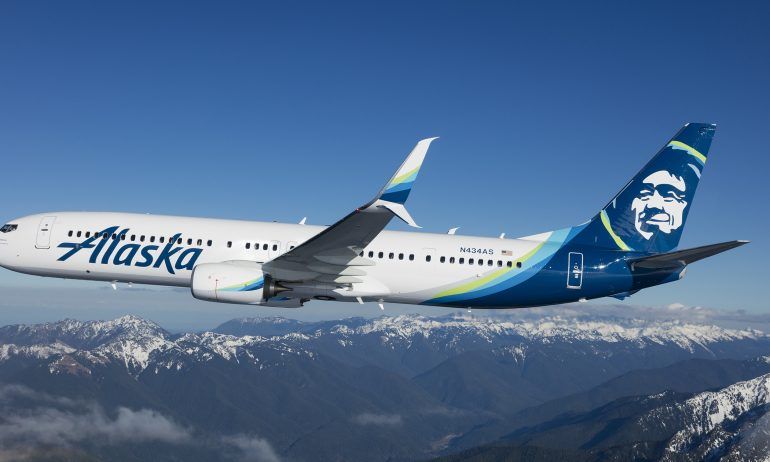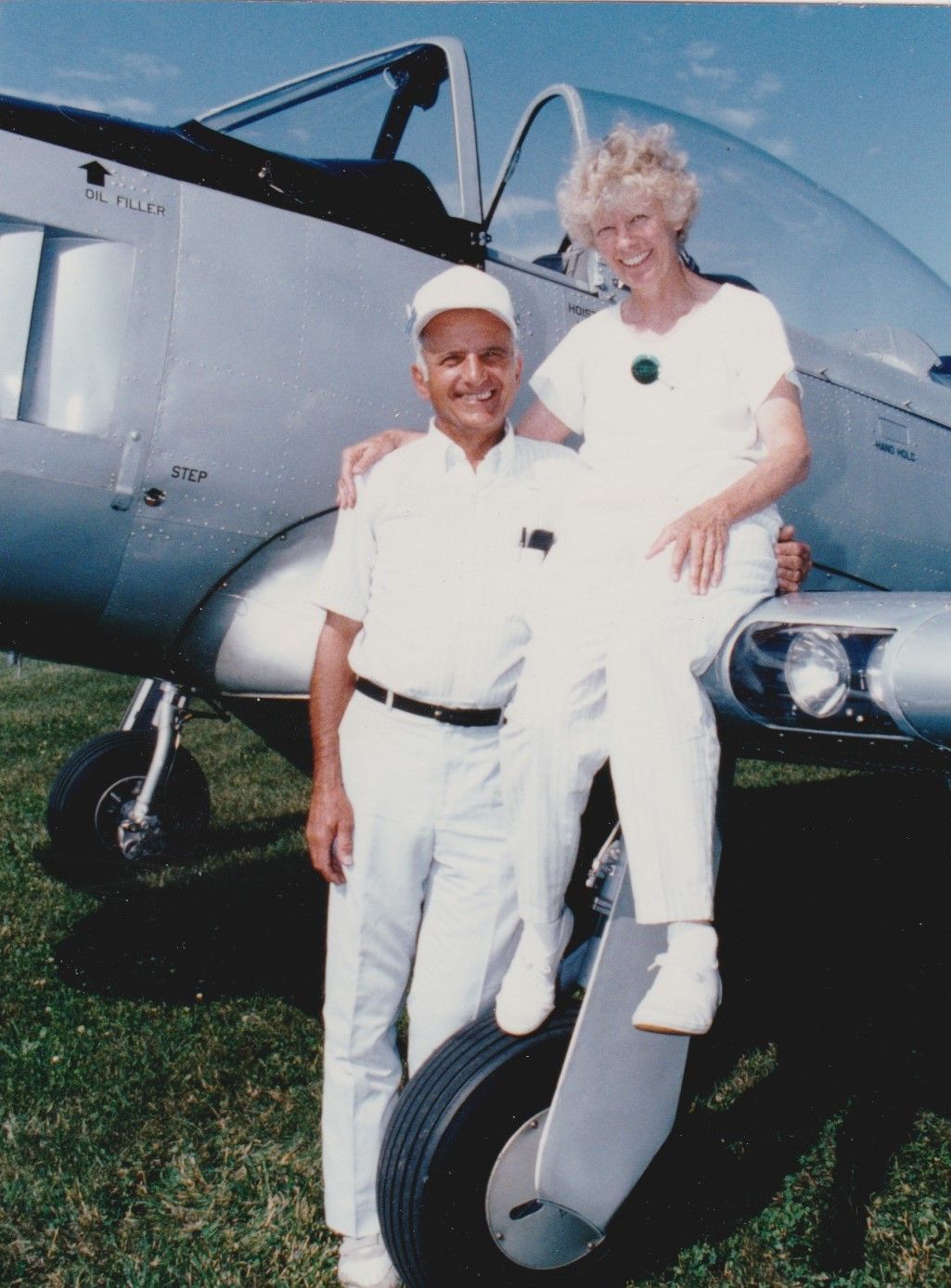Beechcraft Denali
Beechcraft Denali erik.santini@i… Tue, 10/18/2022 - 21:30 The Beechcraft Denali is a single-engine turboprop airplane being developed by Wichita, Kansas-based Textron Aviation. Although the airframe manufacturer announced at the Experimental...
The Beechcraft Denali is a single-engine turboprop airplane being developed by Wichita, Kansas-based Textron Aviation. Although the airframe manufacturer announced at the Experimental Aircraft Association’s (EAA) AirVenture in 2015 that it would “bring a clean-sheet, single-engine turboprop to market,” what was then known as the Cessna Denali was actually “unveil[ed]” at the same event in July 2016. The engine that powers the Denali—GE Aerospace’s Catalyst—was “launched” by the engine manufacturer in November 2015 and, at the same time, it was announced that it would power the airframe that would eventually become the Beechcraft Denali. It was subsequently announced by Textron Aviation on July 21, 2021, that the in-development, clean-sheet airplane then marketed as the Cessna Denali would instead use the Beechcraft Denali commercial designation. When it was announced, Textron “targeted” 2018 as the year when the airframe would make its first flight; however, that flight was delayed by several years due to the development and certification of the Catalyst engine taking longer than planned, as well as COVID-19-related delays. Following those delays, Textron Aviation stated that the first Catalyst engine was installed on the prototype Denali in July 2021, ahead of the type’s first flight on Nov. 23, 2021, from Wichita Dwight D. Eisenhower National Airport. That 2-hr., 50-min. flight was performed by an airframe registered as N220BT (Serial No. E220-744001).
Cabin
According to Textron, the maximum number of occupants that the Denali will be able to seat will be between 8 and 11, with passengers accommodated in a flat-floor cabin that is promoted as being the widest in its segment, as well as the largest in its class. That cabin has a length of 16 ft. 9 in., width of 5 ft. 3 in. and height 4 ft. 10 in., while the airframe’s cargo door has a height of 4 ft. 11 in. and width 4 ft. 5 in. The size of the Denali’s cargo door is promoted as improving the airframe’s capabilities—“particularly for special-mission operators”—with additional storage space for baggage located in the nose. In addition to the size of the cabin, Textron also promotes the ease with which it can be reconfigured between cargo and passenger configurations, with passenger-cargo combi configurations also possible. Also marketed as having conveniences and space that are similar to what is found on midsize jets, other features of the Denali’s cabin include a “full-height baggage compartment” that is accessible in flight, a “cabin switch panel” that allows the airflow and cabin temperature to be changed, light-emitting diode (LED) lighting, cabin windows that are promoted for their large size, a modular refreshment center and an optional belted and externally serviceable lavatory that has a pocket door. The refreshment center is located in the forward part of the cabin and is “reconfigurable,” while the lavatory is located in the aft cabin and is able to be removed in order to accommodate additional cargo in that part of the cabin. Those cabin amenities are supplemented by 110V power outlets that are “universal” and USB charging ports, features that are located “throughout the cabin.”
Textron promotes two cabin configurations for the Denali, an executive layout that has six reclining seats, a refreshment unit and “club-configuration tables,” as well as a high-density (commuter) configuration that increases the number of cabin seats to nine, all of which are forward facing. Another characteristic of the Denali’s cabin is its 6,130-ft. cabin altitude at 31,000 ft., a cabin altitude that is maintained by the airframe’s digital pressurization system and which is also promoted as being class leading.
Avionics
Pilot(s) operate the Denali using Garmin’s G3000 integrated flight deck that includes three 14-in. wide-screen liquid crystal displays (LCD) that are oriented diagonally, as well as a pair of touchscreen control panels. Other standard avionics features include dual air data computers, attitude heading reference systems, Garmin flight management systems (FMS) and transponders. Those transponders have automatic dependent surveillance—broadcast (ADS-B) In and Out capabilities, and the FMS utilizes “dual WAAS [wide area augmentation system]-enabled GPS receivers for navigation.” Also standard is a digital audio system, synthetic vision technology, Class B terrain awareness and warning system (TAWS-B), a Garmin-provided autothrottle and traffic alert and collision avoidance system (TCAS I) and weather-avoidance radar.
Mission and Performance
As is noted above, the Denali’s cabin can be configured to allow for executive and private transportation, with passenger-cargo combi and high-density configurations allowing for other types of uses. The primary competition for Textron Aviation’s airframe is Pilatus’ PC-12, an airplane that is similar in terms of maximum passenger capacity (10), maximum cruise speed [290 kt. true airspeed (KTAS)] and maximum operating altitude (30,000 ft.). The Denali will also fill a gap in Textron’s product line, which also includes the single-engine, turboprop-powered Cessna Caravan and Grand Caravan.
Based on single-pilot operations and while carrying four passengers at the airframe’s high-speed cruise speed—as well as no wind and standard conditions—the Denali has a maximum range of 1,600 nm. Other performance figures and limitations that have been released by Textron include a maximum operating altitude of 31,000 ft. and maximum cruise speed of 285 KTAS—with those figures also assuming no wind and standard conditions—while the takeoff distance is 2,950 ft. In addition to the published performance information, Textron also promotes the Denali’s large tires and trailing-link landing gear as allowing the airframe to operate from “unimproved runways.”
Variants
|
Beechcraft Denali Specifications |
|
|
Commercial Designation |
Beechcraft Denali |
|
Type |
Textron Aviation Model 220 |
|
Maximum Occupants |
8-11 |
|
Maximum Range (nm) |
1,600 |
|
Engine (1X) |
General Electric Catalyst |
|
Power Rating (shp) |
1,300 |
|
Full-Fuel Payload (lb.) |
1,100 |
|
Wingspan |
54 ft. 3 in. |
|
Length |
48 ft. 9 in. |
|
Height |
15 ft. 3 in. |
GE Catalyst Engine and McCauley Propeller
According to the GE Aerospace, the clean-sheet Catalyst engine—which is promoted by engine manufacturer as being the “first clean-sheet engine design for the turboprop market in more than” a half century—has a power rating of 1,300 shp and time between overhaul (TBO) of 4,000 hr. The company further describes it as being the first turboprop engine to utilize 3D-printed parts, a manufacturing approach that, when combined with the use of “advanced alloys,” reduces the part count of the engine. Additionally, as a result of the decreased complexity of the Catalyst, the speed of production is increased, fuel burn and weight are lowered and durability is improved, the latter of which is the result of “tighter tolerances” and a lower number of seams. With regard to part count, the use of “new manufacturing techniques” allowed for 855 parts to be lowered to “12 additive parts,” which improved the specific fuel consumption (SFC) by 1% and decreased the weight of the engine by 5%.
Overall, GE Aerospace noted that the Catalyst—which was known as the Advanced Turboprop (ATP) engine, before being renamed the Catalyst in March 2018—has an SFC that is improved by 15%, an improvement that allows for better passenger comfort, payload and performance. Specific to improving the comfort of passengers in equipped airframes, for the “[s]ame amount of fuel, payload and mission,” passenger comfort can be increased by increasing the cabin size. Payload and performance enhancements enabled by the lower SFC include the ability to carry a payload that is 150 lb. greater on the “same mission;” while when carrying the same payload, a Catalyst-powered airframe can operate to a range that is 145 nm greater. The engine manufacturer also stated that the improved SFC allows an airplane to “fly 12 kt. faster” with an identical fuel flow.
Specific engine components include an “axial, single centrifugal” compressor that has four stages and a pressure ratio of 16:1, a ratio that is described as being 50% higher than competing engines. Textron Aviation states that the engine’s “high-pressure efficiency” reduces the engine’s SFC “in all phases of flight,” with the Catalyst’s 16:1 overall pressure ratio allowing for fuel burn to be reduced by up to 20% and giving the engine the ability to generate cruise power that is 10% greater than competing engines “in the same size class.” Also described as being “designed with GE fourth-generation 3D design capabilities,” the compressor’s design is noted as being compact, with the pressure ratio contributing to the engine’s “high efficiency and power.” In addition to the engine’s use of 3D printed parts, the Denali’s Catalyst engine also represents the first in-class turboprop engine to have “two stages of variable stator vanes,” with the compressor’s variable-geometry stator vanes allowing for “robust operations” and “maximum performance” throughout the flight envelope. The engine’s reverse-flow combustor is also marketed as being compact, with that component—along with the engine’s “advanced fuel nozzles”—allowing for “efficient combustion,” the result of which is that the amount of emissions and soot produced are substantially reduced in comparison to other current in-class engines.
The Catalyst’s high-pressure and power turbines have two and three stages, respectively, with the former turbine “driv[ing] the engine compressor.” GE Aerospace notes that high-temperature operations are enabled by the internal air-cooling passages, single-crystal technology and 3D aerodynamic design features of the high-pressure turbine’s (HPT) blades, with high-temperature operations allowing for efficiency and power extraction to be maximized. An additional benefit of the single-crystal turbine blades and internal air-cooling passages is that they allow for a greater time between overhauls, while also providing “superior combustion efficiencies.” In comparison to the HPT, the power turbine is connected to propeller’s gearbox and powers the propeller noted below. Similar to the HPT, efficiency and power extraction are maximized throughout the flight envelope thanks to the power turbine’s 3D aerodynamic design, as well as the incorporation of three stages into that component. The Catalyst powers a five-blade, composite McCauley Blackmac Carbon propeller that is constant-speed, has a 105-in. diameter and ice protection, and is also capable of reversible pitch.
Controlling the Catalyst is a dual-channel full authority digital engine and propeller control (FADEPC) system, with the pilot’s controls reduced to a single power lever that incorporates detents. The benefits of the full-authority engine and propeller control include improvements in performance and responsiveness, as well as pilot workload levels that are reduced. That single lever is part of the engine’s integrated propulsion control system, with that system “automatically optimiz[ing]” a number of engine parameters including the bleed valves, fuel flow, propeller pitch and speed and the variable stators, the goal of which is the maximization of efficiency during any conditions.
Denali Specifications
Although many of the Denali’s maximum weights have not yet been released by Textron Aviation, the company has stated that when the airframe is carrying its full-fuel capacity, it is expected to be able to accommodate a payload of 1,100 lb.
Program Status
Although, at the time the Denali was announced in July 2016, the first flight expected to take place in 2018—and certification in 2019—because Catalyst engine deliveries to Textron did not begin until December 2020, that flight was ultimately pushed back by three years. Indeed, while it was also at one time anticipated that the first flight would take place in 2019, the first flight was ultimately pushed back to late 2021 as a result of “a slowdown in the engine test program because of changes to FAA certification testing requirements and COVID-19.” Subsequent to the November 2021 first flight of the type, the 2-hr., 1-min. first flight of the second Denali flight-test airframe—Serial No. 220-0001 and registered as N221NT—took place on June 16, 2022.
The flight-test program will utilize three flight-test airframes—the prototype Denali and the first two production-conforming airplanes—with those flight-test airframes supplemented by three “full-airframe ground-test articles” that perform tasks such as the “development and testing” of the cabin, as well as fatigue and static tests on the airframe. The third flight-test airframe is Serial No. 220-0002, which is registered as N222NT. At the time of the type’s first flight, Textron Aviation stated that it was expecting the Denali to be certified in 2023.
References
- AWIN Article Archives
- EASA TCDS (PC-12)
- Garmin, GE Aerospace and Textron Aviation Commercial Materials




 admin
admin 












